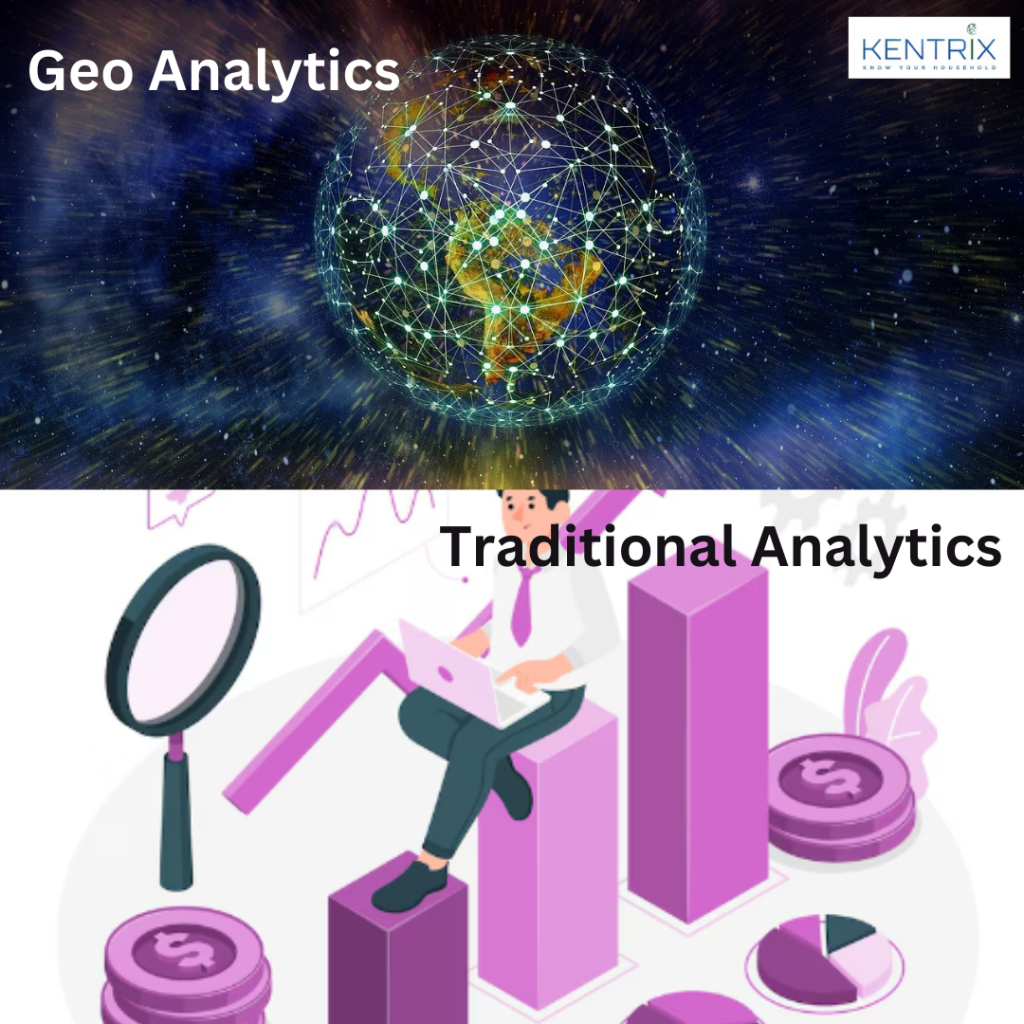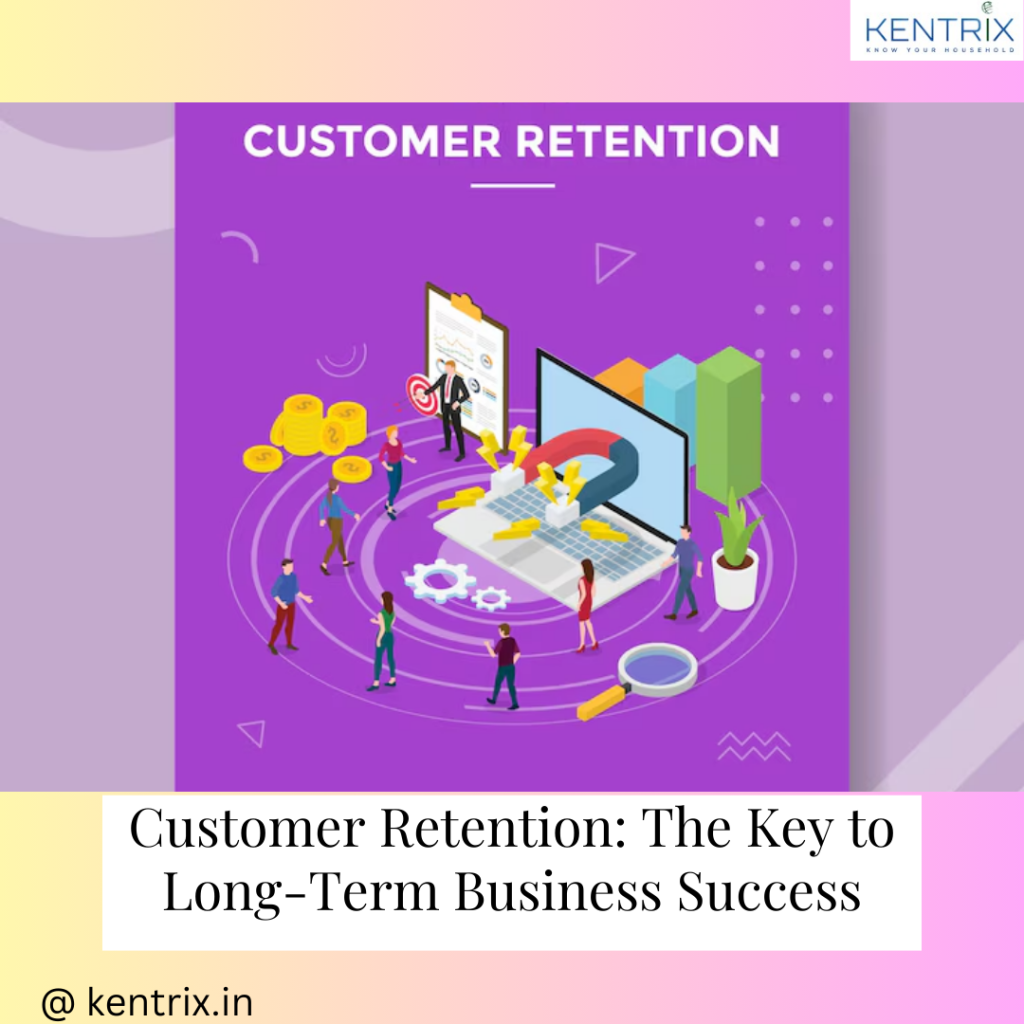Introduction
The world of marketing has seen a dramatic shift over the past few decades. From traditional print ads to digital marketing, the landscape has been constantly evolving. Today, data is at the heart of marketing strategies, and geo analytics is emerging as one of the most powerful tools available to businesses. But what exactly is geo analytics, and why Geo Analytics is the future of marketing? In this article, we’ll dive deep into the world of geo analytics, its benefits, and why it’s positioned to become a cornerstone of future marketing efforts.
The Evolution of Marketing Strategies
Traditional Marketing Methods
Before the digital revolution, marketing was more about casting a wide net. Businesses would invest in print ads, billboards, and TV commercials, hoping to catch the attention of as many people as possible. These methods were effective but lacked precision. Marketers couldn’t always track the performance of their campaigns, leading to wasted resources and missed opportunities.
The Shift to Digital Marketing
With the advent of the internet, marketing became more measurable. Digital platforms offered insights into consumer behavior, allowing businesses to tailor their strategies. But as marketing became more data-driven, a new challenge emerged: how to leverage this data effectively to reach the right audience.
How Data Analytics Revolutionized Marketing
Enter data analytics. By analyzing consumer data, businesses could now create more targeted campaigns. However, while general data analytics focuses on consumer behavior across different platforms, geo analytics goes one step further by adding location as a key component. This shift has unlocked new potential for businesses to reach customers in specific geographic locations, making their marketing efforts even more precise.
What is Geo Analytics?
Detailed Explanation of Geo Analytics
Geo analytics is the process of using geographic data to analyze and visualize patterns, trends, and relationships. It allows businesses to understand how location influences consumer behavior. For example, a coffee shop can analyze foot traffic in different neighborhoods to decide where to open a new location.
Key Components of Geo Analytics
There are several key components to geo analytics, including:
- Location Data: Information about where users are located.
- Demographic Data: Age, income, and other factors linked to specific locations.
- Behavioral Data: Insights into how people in different regions behave.
The Role of Geo Analytics in Customer Segmentation
How Businesses Can Use Geo Analytics to Segment Customers
Geo analytics allows businesses to segment their customers based on location. By analyzing geographic data, companies can identify where their customers are concentrated, allowing for more tailored marketing messages. For instance, a retail brand might discover that its products are most popular in urban areas and adjust its advertising strategy accordingly.
The Importance of Geographic Data in Understanding Consumer Behavior
Geographic data provides insights into cultural, social, and economic differences that influence consumer behavior. For example, consumers in warmer climates may have different purchasing habits compared to those in colder regions. Understanding these nuances helps businesses cater to the specific needs of their audience.
Geo Analytics and Targeted Marketing
Precision Targeting Using Location Data
Location data enables businesses to precisely target their marketing efforts. For instance, a restaurant chain can send location-based ads to people within a certain radius of their stores. This type of precision targeting increases the likelihood of conversions.
Personalized Offers Based on Location Insights
Geo analytics allows businesses to offer personalized promotions based on a customer’s location. For example, an e-commerce company could offer discounts to customers in areas where competition is high, giving them a reason to choose their brand over others.
Real-time Data and Geo Analytics
The Power of Real-time Data for Marketing Strategies
Real-time data is one of the biggest advantages of geo analytics. Marketers can instantly track where their audience is and respond accordingly. For example, a retailer could send push notifications about in-store promotions to nearby customers, driving foot traffic.
Also Read : How to Use India Location Analysis to Maximize Profit
Using Real-time Location Data to Enhance Marketing Decisions
The ability to access real-time location data gives businesses a competitive edge. It allows them to act quickly and adjust their strategies based on current conditions, such as changing weather patterns or traffic conditions, which can influence consumer behavior.
Geo Analytics for Brick-and-Mortar Stores
Building a Connection Between Online and Physical Stores
While e-commerce has grown exponentially, brick-and-mortar stores are still a significant part of the retail landscape. Geo analytics helps build a connection between online and offline shopping by allowing stores to understand how online behavior translates into in-store visits.
How Local Businesses Can Benefit from Geo Analytics
Local businesses, in particular, can benefit from geo analytics. By analyzing local demographics and foot traffic, small businesses can make more informed decisions about where to advertise and how to attract customers to their physical locations.
Enhancing Customer Experience with Geo Analytics
Improving the Customer Journey Through Location-based Insights
One of the key ways geo analytics is transforming marketing is by improving the overall customer experience. Through the analysis of location data, businesses can anticipate customer needs and offer services tailored to their geographical preferences. For instance, a restaurant chain can track which menu items are most popular in different regions and customize its offerings accordingly.
Location-based insights also help in optimizing the customer journey. Retailers can analyze foot traffic patterns around their stores, which enables them to adjust store layouts, product placement, and in-store promotions. This ultimately enhances the in-store experience and drives more sales.
Geo Analytics and Mobile Marketing
The Rise of Mobile Devices in Marketing
With mobile devices being an integral part of daily life, businesses can now reach consumers at any time, no matter where they are. Mobile marketing has become a vital tool for brands, and geo analytics is amplifying its effectiveness. By tracking mobile users’ locations, businesses can create more timely and relevant mobile ads.
Geo analytics allows marketers to deliver ads based on a user’s exact location at a given time. For instance, a customer who walks by a retail store may receive a push notification with a special offer, encouraging them to step inside. This kind of proximity marketing, enabled by geo analytics, enhances the mobile marketing experience.
Leveraging Geo Analytics for Mobile Advertising
Mobile devices generate vast amounts of location data, providing businesses with a unique opportunity to engage customers in real-time. For example, an outdoor clothing store could target mobile ads to users who frequent hiking trails or camping grounds, ensuring that the ads are relevant to their interests and location.
Geo analytics also enables dynamic advertising. A business can adjust its marketing messages based on where a person is. For instance, a fast-food restaurant could offer breakfast promotions to customers in the morning and dinner specials in the evening, all based on their location and time of day.
Geo Analytics for Competitor Analysis
Analyzing Competitor Movements and Market Positioning
Geo analytics isn’t just valuable for understanding your customers; it can also offer insights into your competitors. By analyzing geographic data related to your competitors’ locations and customer bases, you can identify opportunities to improve your market positioning. For example, you could analyze foot traffic around a competitor’s store and assess whether you should open a new location nearby or target ads to their customers.
Using Geo Analytics to Gain a Competitive Advantage
Understanding your competitors’ geographic strategies can give you a significant competitive edge. For instance, if a rival business opens a new store in a high-traffic area, you could use geo analytics to launch a targeted marketing campaign aimed at attracting customers from that location. This level of analysis allows businesses to stay ahead of their competition and respond quickly to market changes.
Also Read : 10 Proven Strategies for Customer Segmentation Success
The Role of Geo Analytics in Predictive Marketing
Forecasting Trends and Customer Behaviors
One of the most powerful aspects of geo analytics is its ability to forecast future trends and behaviors. By analyzing historical location data, businesses can predict where demand for their products or services will grow. This allows them to make proactive marketing decisions, such as opening new stores or launching campaigns in emerging markets.
Predictive marketing, powered by geo analytics, also helps businesses prepare for seasonal changes, population shifts, and other factors that influence consumer behavior. This foresight gives them the ability to stay ahead of market trends and ensure that their marketing strategies are always relevant.
Predictive Analysis Based on Location Data
Location-based predictive analysis goes beyond understanding current consumer behavior. It involves anticipating future actions based on patterns in the data. For example, a real estate company could use predictive geo analytics to identify up-and-coming neighborhoods where property values are likely to increase, allowing them to invest ahead of their competitors.
How Businesses are Expected to Use Geo Analytics in the Future
As geo analytics continues to evolve, businesses will find even more innovative ways to incorporate it into their marketing strategies. From hyper-targeted advertising to real-time personalization, the future of geo analytics holds tremendous potential for businesses looking to stay ahead in an increasingly competitive marketplace.
Conclusion
In conclusion, geo analytics is poised to be a game-changer in the world of marketing. By leveraging geographic data, businesses can gain deeper insights into customer behavior, create more personalized marketing campaigns, and make better-informed decisions. As technology continues to advance, geo analytics will become even more powerful, allowing businesses to stay ahead of the curve and ensure their marketing efforts are always relevant and effective.




